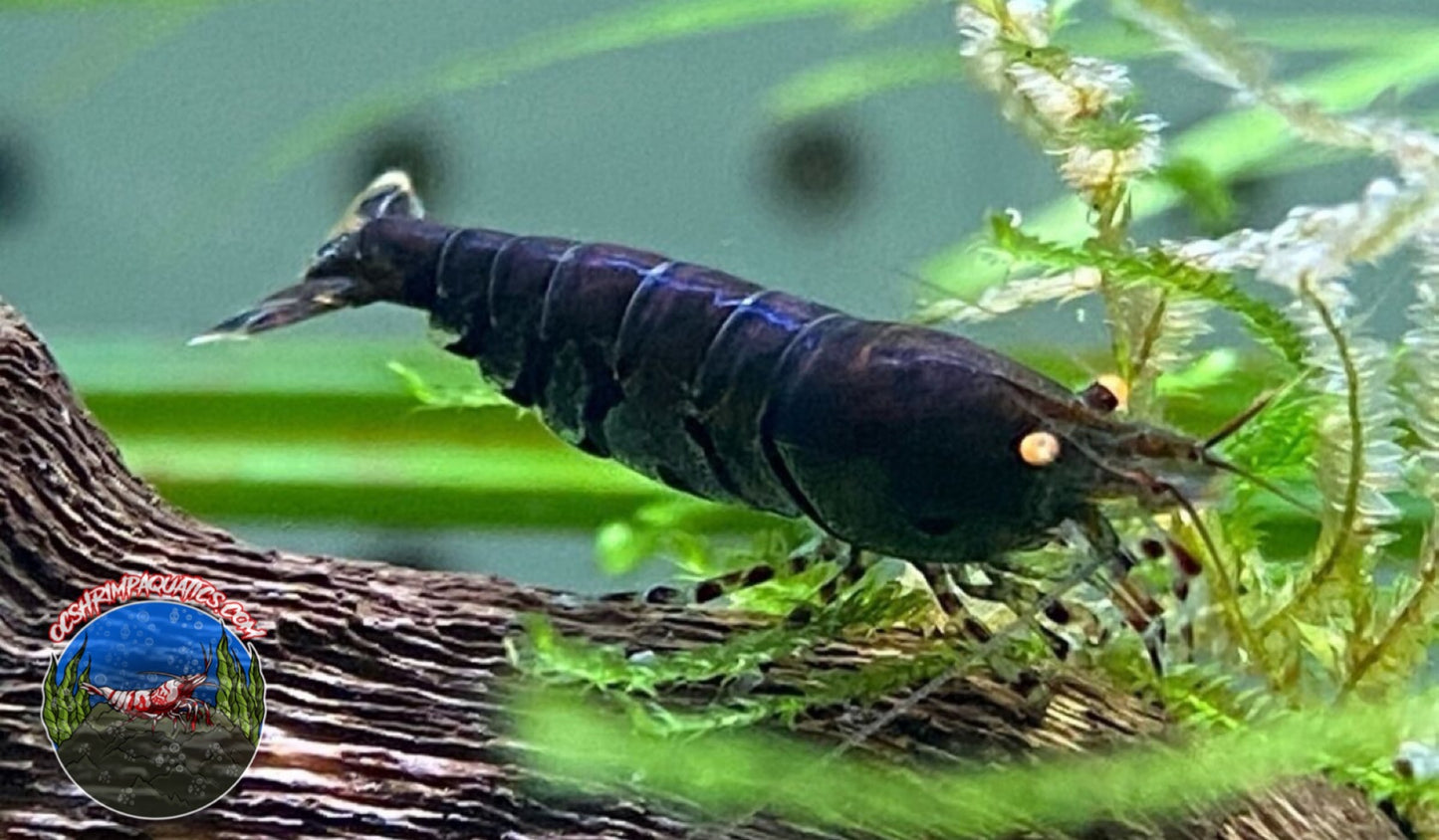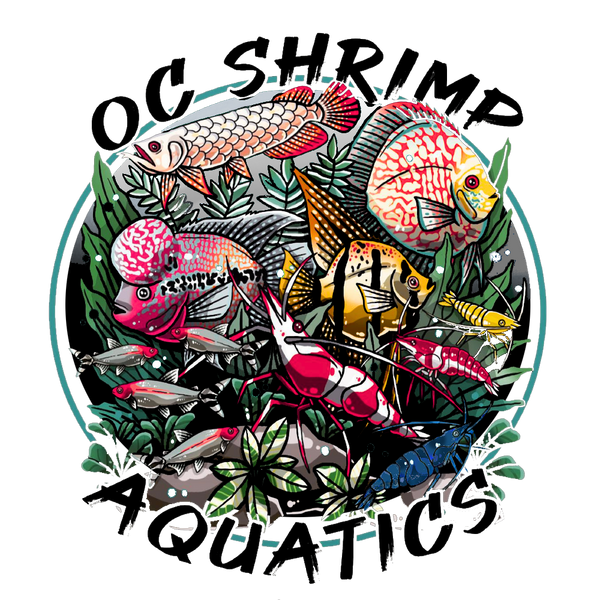1
/
of
1
OC SHRIMP AQUATIC
ORANGE EYE ROYAL BLUE TIGER SHRIMP (OERBT)
ORANGE EYE ROYAL BLUE TIGER SHRIMP (OERBT)
Regular price
$47.99 USD
Regular price
Sale price
$47.99 USD
Unit price
/
per
Shipping calculated at checkout.
Couldn't load pickup availability
Share
Oerbt Caridina shrimp are a fascinating and colorful type of freshwater shrimp. They are known for their vibrant hues and intricate patterns, which can make them a striking addition to any aquarium. Proper care is essential to ensure they remain healthy and vibrant. Here’s a comprehensive guide on how to care for Oerbt Caridina shrimp:
Tank Setup:
- Size: A minimum tank size of 10 gallons is recommended. Larger tanks are preferable as they provide more stable water conditions and more space for the shrimp to explore.
- Water Conditions: Oerbt Caridina shrimp prefer slightly acidic to neutral water. Maintain a pH range of 5.0-5.7. The temperature should be kept between 68-74°F (20-23°C). Consistency in water conditions is crucial for their health.
- Filtration: Use a gentle filter to avoid strong currents, which can stress the shrimp. Sponge filters or filters with adjustable flow rates are ideal. Ensure the filter intake is covered to prevent shrimp from being drawn in.
Tank Environment:
- Substrate: A fine substrate such as sand or a specialized shrimp substrate is best. Shrimp often forage on the substrate, so a smooth texture helps prevent injury to their delicate legs.
- Decor: Provide plenty of hiding spots and surfaces for biofilm to grow. Live plants (like Java moss, moss balls, or other shrimp-friendly plants), driftwood, and rocks are excellent additions. They create natural habitats and grazing areas.
- Lighting: Regular aquarium lighting is sufficient. Bright lights are not necessary, and subdued lighting often mimics their natural habitat better.
Diet:
- Food Type: Oerbt Caridina shrimp are omnivores. Provide a varied diet including high-quality shrimp pellets, algae wafers, and blanched vegetables like zucchini or spinach. They also benefit from occasional live or frozen foods such as daphnia, micro worms, or small pieces of shrimp.
- Feeding Frequency: Feed small amounts 2-3 times a week. Ensure they consume all the food within a few minutes to avoid water quality issues.

Order and get 240 reward points
Earn points by signing up for our rewards program

